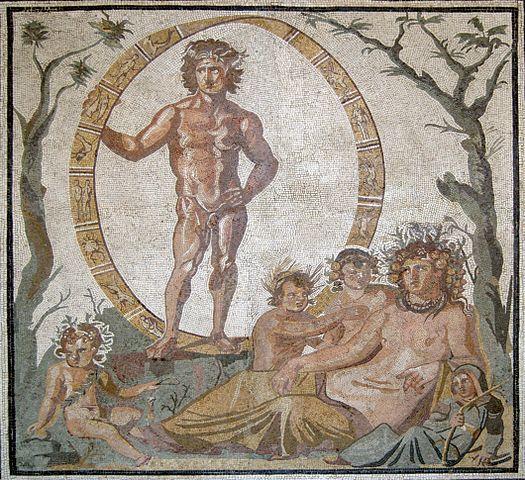The Endangered Species Act of 1973 protected wildlife by assuring that societal action would not
“jeopardize the continued existence of any listed species or result in the destruction or adverse modification of designated critical habitat of such species.”
Further consideration indicates that the criteria for being endangered are the ability of the species to continue to exist. A more nuanced examination would suggest that an unspoken criterion is the species value or more specifically disvalue to humans; after all, except for the anti-vaxxers, few individuals consider measles or polio virus endangered.
A thought piece in Scientific Reports looks at how we, the humans evaluate species; it should be no surprise that as we change the lens of our concern, some species rise and others fall. Policy to protect species tend to fall into two broad categories, what we generally consider “conservational” values, the genetically endangered captured in the Endangered Species Act; and life forms that have proven useful to humans, that have instrumental value. Instrumental or utilitarian valuation includes things that we find enhancing for our species, like pollinators that help create our food, and dis-valued pests, like weeds, which harm the plants we wish to cultivate. The authors additionally considered a species intrinsic value, having worth merely because they exist within nature, irrespective of the instrumental value they may offer. And species may have non-monetary valuations such as their cultural use, in poetry, or other cultural memes like Puxatawney Phil. The authors used farmland birds as their model because it was a readily available grouping to consider both with respect to data and as an analogy.
Instrumental value was determined by how much of a bird’s diet consisted of plant pest seeds, conservational values were based on rarity and population trends, cultural valuations based on the naming of these birds in poetry, and the intrinsic valuation considered all species of equal value.

The graph to the left summarizes their findings. The diagonal green line reflects intrinsic value, with all species, friend or foe, valued equally. The squared-off red line indicates a hypothetical where only one species, considered in isolation has value; the default view of the Endangered Species Act. These two extremes are the valuations we speak of in philosophical discussions, but developing policy is more often driven by those instrumental, utilitarian considerations. The green line reflects assessment based on rarity, the yellow on population trends. It is worth noting that the curves general shape is the same for both; the actual curve is impacted more by the local populations at risk. Some what lower in valuation is the instrumental valuation of removing weed seeds and the cultural value as measures by mentions in poetry. The dotted black line reflects consideration of all judgments at once.
The point the authors are trying to make is two-fold. First, there are several ways to value other species and that each species will rank higher or lower based on the measure we choose to employ. That is why measles is slated for oblivion irrespective of how many exist of the virus exist. It is why we have such passionate fights over building a dam and losing the snail darter. Second, because functions are often species-specific, as you add more functional consideration to your valuation, more and more species are added until you reach a point when all species are important, all have intrinsic value.
When it comes to our relationships to other species, we may consider all species of equal value, accepting a more passive role in our environment. In reality, we value each species differently, through our human lens. Whether that lens considers gains for health, wealth, or social good is not really the point, it is that humans make a judgment of what is best for us. As is often the case with controversial beliefs, many of our environmental valuations reflect the boundaries we perceived between them and us.
Source: Species contributions to single biodiversity values under-estimate whole community contribution to a wider range of values to society Scientific Reports DOI: 10.1038/s41598-018-25339-2




